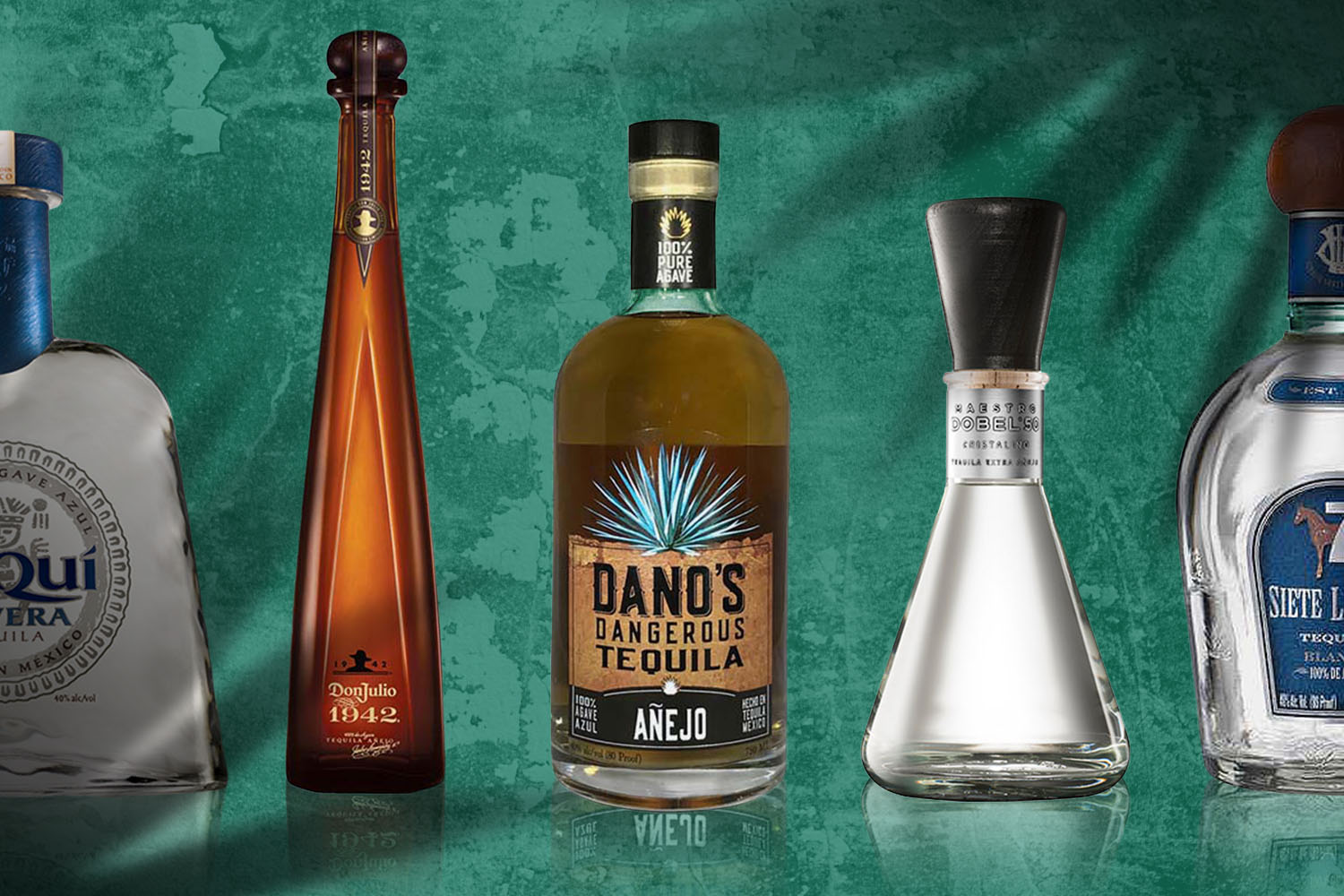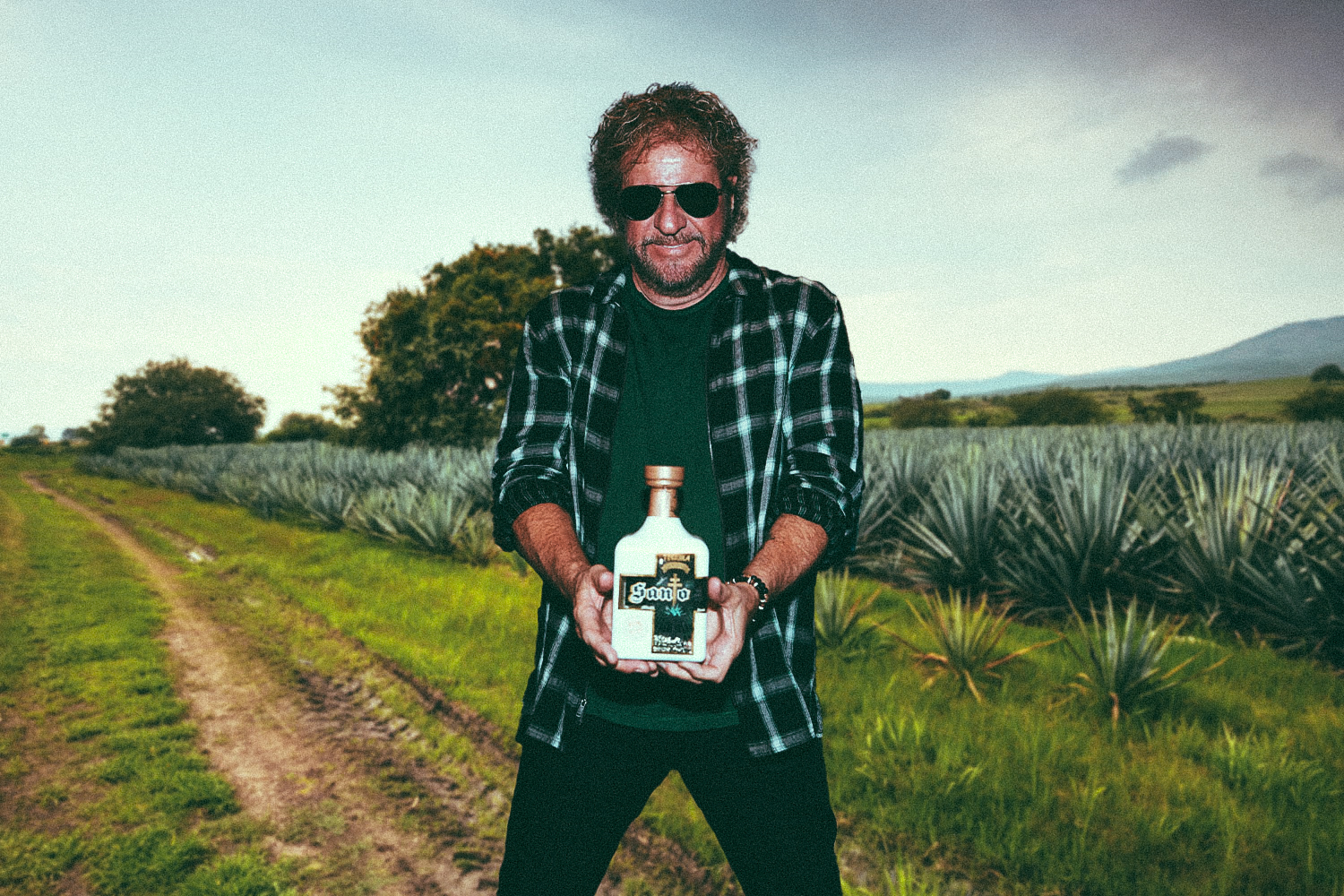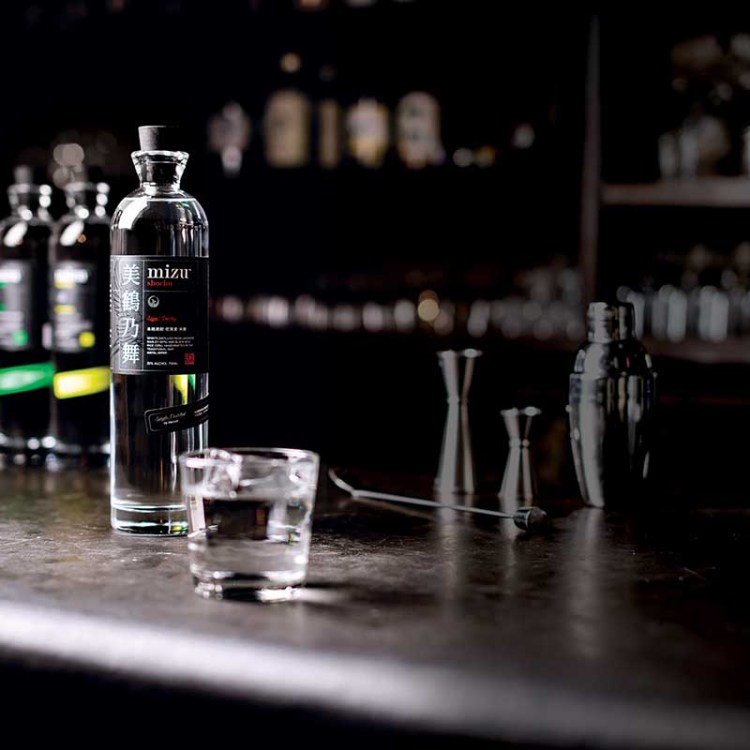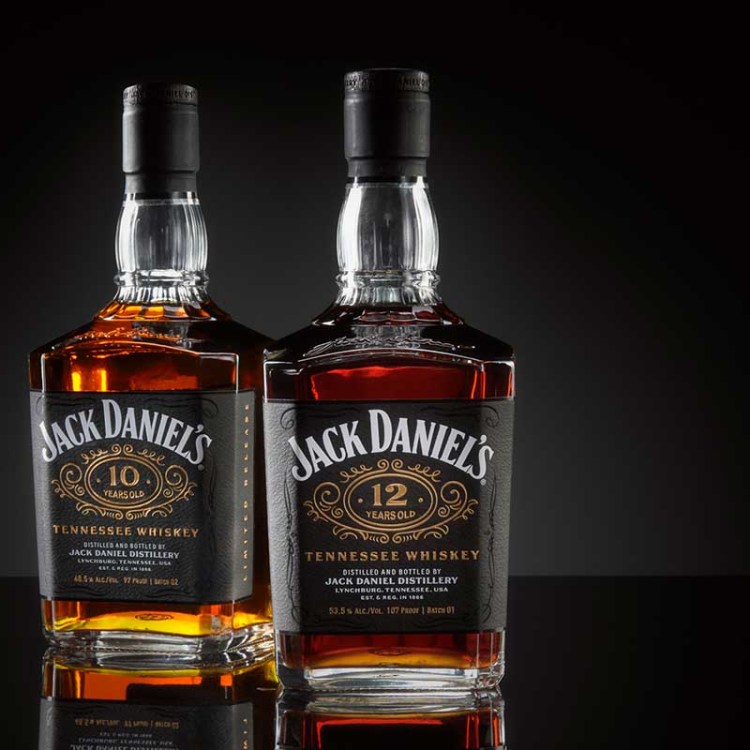Warning: That cristalino tequila you picked up is not a premium blanco. It’s an aged release that’s gone through a filtering process to look clear. And these bottles are part of a burgeoning tequila category (unofficially) that has both fans and detractors.
“One of the main advantages of a Cristalino Tequila is that it offers the best of both worlds: agave and aging,” explains Jose Valdez, the Maestro Tequilero for Tequila Partida, a brand that produces several standard and cristalino tequilas — two of which we mention in our current Best Tequilas for Cinco de Mayo roundup, including a unique whisky sherry oak-finished Reposado Cristalino that was inspired by Valdez’s 2018 tour of Scotland’s single malt distilleries.
Partida’s offerings are good and unique, but not all cristalinos are worth the upgrade in price. Below, we offer a quick explanation on this new style of agave spirit.
What is Cristalino tequila?
It’s aged tequila filtered — primarily through charcoal — to remove any color added by the barrel during the aging process, which leaves the agave spirit completely clear.
Essentially, it looks like a blanco but the tasting notes and aromas are closer to reposados and añejos, although there are subtle differences. Many drinkers find them slightly sweeter, more refined and featuring less wood/oak characteristics.
Is this legit?
Cristalinos are not an official category of tequila, according to the Tequila Regulatory Council, but they are recognized and do have rules — the tequila producers have to show proof that the spirit underwent maturation in oak barrels and they must also specify the color removal process.
“In order to become an official category, the law for the production of tequila NOM 006 needs to be modified,” explains Valdez. “To do this, many organizations — including the Mexican Government, Tequila Chamber, producers of tequila and IMPI (Mexican Intellectual Property Institute) would need to reach an agreement, and then the Tequila Regulatory Council would create the category. Given its recent popularity, I do believe it is a matter of time before it becomes official.”

When did this become a thing?
Some people attribute the category’s birth to the release of the 70th anniversary bottle of Don Julio 70 in 2012; Maestro Dobel, on the other hand, claims their Dobel Diamante was the first Cristalino to market.
What’s the point?
Well, besides creating a luxurious new vertical for tequila?
“As you begin to age tequilas, the agave flavors and aromas become less intense while the aged aromas become more intense,” as Valdez tells us. “The end product here maintains the fruity and floral characteristics of a blanco but the aroma profile of an aged tequila.”
Aesthetically, it also looks good in bottles (and drinks), and it does, upon a few tastings, actually deliver a different profile than blancos or aged tequila. Besides, this isn’t a completely new process in the drinks world: white rums are aged and filtered, and Tennessee whiskey is a respected category where the hooch undergoes an additional filtration process, albeit not one that strips the liquid of its oak characteristics (or color).
What do tequila aficionados think of this?
Forget the booze industry — they’d love to have a new premium category. What about the critics?
“As traditional tequila drinkers we’ve often wondered why someone would go through the effort (and expense) to age a spirit only to filter out some of the aging attributes afterward,” as the excellent agave site Taste Tequila asks (they also point out that they found several cristalinos to lack flavor or barrel notes).
“The process [of making a cristalino] can reduce and eliminate some flavors from the tequila,” admits Valdez. “But it depends on three variables: 1) the type, quality and origin of the activated carbon, 2) the quantity of activated carbon and 3) the time in contact with the aged tequila. One of the main consequences of abusing the quantity of activated carbon is a more acidic and astringent Cristalino. It is for this reason that brands ultimately end up adding sweeteners.”
As we should point out, Tequila Partida is 100% natural (no sweeteners) and uses a paper filter with vegetal-activated carbon — coconut — in their Partida Añejo and their Roble Fino Cristalino.
What are some good examples of a Cristalino tequilas?
Tequila Matchmaker lists 81 cristalino tequila releases. You certainly won’t find that many in your local store, but here are five that might be worth your time — although do note that these releases are definitely more expensive than your average good tequila (of any aging category).
TUYO No. 2
The highest-rated cristalino on Tequila Matchmaker, all four of these agave expressions are aged in 10-year bourbon barrels, while the bottle’s adorned with Swarovski Crystal gold necklaces (more evidence of the luxury audience this category is after).
Don Julio 70
The “world’s first Añejo Claro Tequila” was a special release for the brand’s 70th anniversary. It’s aged 18 months in American white-oak barrels and then charcoal filtered.
Volcán de Mi Tierra Cristalino Tequila
A blend of añejo (aged one year in ex-whiskey casks) and extra añejo (three years in Cognac casks) before filtration, creating an elegant expression with notes of chocolate, cooked agave and dried fruits.
Maestro Dobel 50 Cristalino
Maestro Dobel is a leader in the category and their new-ish 50 release — which blends aged tequilas from both Eastern European and American oak barrels — is an extra añejo that’s super flavorful, almost like butterscotch and dates. (For something that maintains more of the agave flavor, try their more budget-conscious Diamante release).
Partida Roble Fino
Adding a sherry oak finish to tequila? Interesting. Making one of those releases a Cristalino Reposado? Definitely a first. So we have a spirit from Mexico aged in bourbon barrels from the U.S. along with Scotland’s single malt barrels, and then finished in Oloroso casks from Jerez de la Frontera.
This article was featured in the InsideHook newsletter. Sign up now.





















